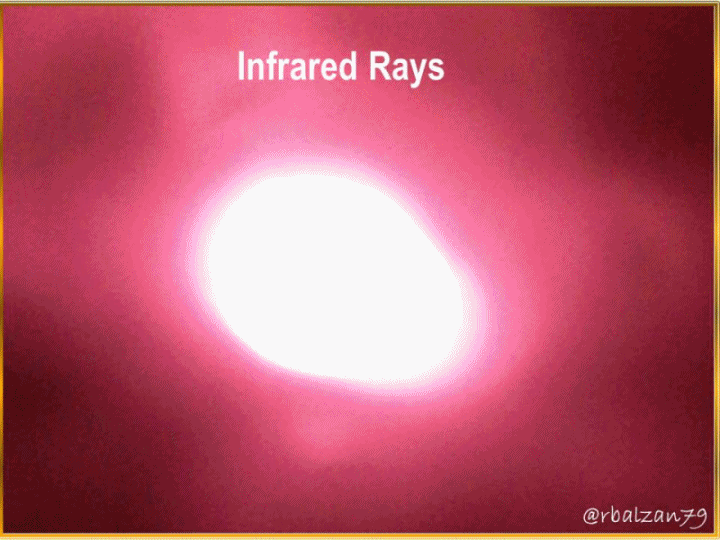
Introduction
For this analysis it is important to emphasize the remarkable action of the knowledge contributed by the physical science, especially through one of its more fertile branch as it is it the geometric optics and its conceptualization of luminous ray with rectilinear propagation, in previous articles we could analyze our referential fraction, that is to say, the white or visible light to our natural optical systems as they are our eyes.
We can express without a doubt, that thanks to the understanding of the phenomenon of light we have been able to significantly expand all kinds of knowledge in relation to our natural environment and with it the aspect of our longevity in this so complex but wonderful universe, in this way we will continue to expand our learning in relation to the entire electromagnetic spectrum referring to its wavelengths and frequencies, both very relevant characteristics at the time of being able to perceive certain spectral fractions of our electromagnetic spectrum.
Almost the entire electromagnetic spectrum is imperceptible to our eyes, since its wavelengths make some rays totally invisible to our gaze, either because they are longer wavelengths than our white light and therefore less frequent or because they are shorter wavelengths and therefore more frequent. This wavelength-frequency relationship will determine whether a certain spectral fraction can be seen or captured by our eyes.
In this opportunity we will jump to our right side of our referential fraction (visible light), that is to say, towards the infrared rays and in this way we will begin with the analysis of all those electromagnetic radiations imperceptible to our gaze, but that play an important role in each one of our activities, emphasizing that these radiations can be of natural or artificial origin, the certain thing is that with essential applications in our lives.
Throughout our history our eyes have been delighted with all kinds of light rays, they bring to our retina any kind of image loaded with colors and these colors linked to their wavelengths as we could notice with our spectral fraction of visible light and this time with infrared rays.
Our natural source of light generation is the sun, this central star has allowed us to obtain its essential energy and thus be able to structure our precious electromagnetic spectrum whose reference point is our white or visible light and thus we have reached all kinds of electromagnetic radiation which includes infrared rays, this type of radiation is below (infra) red, highlighting that each radiation represents a form of energy transfer and the same spreads through a material medium such as air but also through the vacuum in the form of waves.
It is of great importance to be able to locate the action of infrared rays in our homes in order to highlight their applications in any of our most daily activities, and for this we will implement a camera from a cell phone because through this we can capture these infrared rays.
Infrared Rays (IR)
It is always important to emphasize the fundamental principle of physical optics, which expresses that the phenomenon of light is an electromagnetic radiation and we have called it radiant energy, and of course, based on the principle of geometric optics and its conceptualization of luminous rays with rectilinear propagation, and thus, we can point out that the luminous rays (which form a beam of light) in its interior are waves that move in any medium and with rectilinear direction.
Infrared rays (IR) are mainly emitted by our main source of natural energy, that is, the Sun, however, we can obtain them through a light source in an artificial way, where, these rays unlike white or visible light can not be seen with the naked eye despite contact with matter.
The infrared light (IR) is an electromagnetic radiation, where, in a general way its wavelength we can say that it begins approximately between the 760 to 780 nm, and as we expressed previously it is the limit of the red color belonging to the spectrum of white or visible light, arriving until the 10,000 to 15,000 nm, this according to relations of different points of view.
Therefore, these rays are between the spectrum of white or visible light and the spectrum represented by microwaves. Our central star, the Sun, is the natural source that most generates this type of rays invisible to our eyes, since these IR rays represent approximately 59% of the entire spectrum originated by sunlight and also constitutes 40% of the radiant energy that impacts the earth's crust.
Although our eyes can not visualize them, we can say that we have had a constant link with them, among one of its applications is the ability to manipulate our TV at a distance and thus many appliances that use an electronic device called remote control, and each of us can certainly testify to such a novel application.
IR is considered a very useful physical agent in activities such as physical therapy, proving to be a means or tool of easy application and rapid effect, however, you should always be cautious at the time of application because if the time of exposure to these rays is very long it can cause damage to the skin, such as skin aging, among other types of difficulties such as skin burns.
Infrared spectrum (IR)
These infrared rays are a form of electromagnetic radiation like our referential spectral fraction (white or visible light) and with it the IR rays belong to the wonderful family of the electromagnetic spectrum, the spectral fraction established for the infrared rays we can visualize it in the following figure 1.
Figure 1. Regions of the infrared light spectrum
In the previous figure 1, we can visualize three sub-regions of the infrared spectrum, and we can classify them according to the International Commission on Illumination as:
1.- Infrared A, which ranges from 760 to 1,400 nm.
2.- Infrared B, which ranges from 1,400 to 3,000 nm.
3.- Infrared C, which ranges from 3,000 to 10,000 nm.
Our body can feel the heat transmitted by this type of infrared radiation, in our homes we find sources of generation of this type of radiation, for example, an electric stove has resistance in the form of a spiral and when it is heating we see a visible red color due to the heat it generates, but when we turn off the stove, even though we do not see the red color on it, it still emits heat that our eyes cannot see, however, when we bring our hands close to the stove and even though it is not red-hot, we feel that it emits heat because it is not totally cold, this type of heat is a typical example of distal infrared radiation, as we can see in the following figure 2.
Figure 2. No infrared emission (a), Visible heat emission (b), imperceptible heat emission (c)
In our homes we can find these IR rays performing some kind of function in any of our activities as we can demonstrate in some electronic devices which we call remote control, we also know as remote control, the truth is that the vast majority of these devices implement these IR rays in order to perform a certain remote operation (remote) of a machine or appliance in our homes or anywhere we are.
These rays emitted by these remote controls or remote controls with the naked eye would not be seen, however, we can use other electronic devices or optical instruments such as cameras on a cell phone to visualize the action of these infrared rays as we can see in the following figure 3.
Figure 3. Visualization of infrared rays in electronic devices
These infrared rays can also be captured when reflected by a particular optical system such as a mirror as we can see in the following figure 4.
Figure 4. Reflection of an infrared beam in a mirror, captured by a camera on a cell phone
Through various studies it has been proven that extreme exposure to infrared rays, in particular IR-A, represent a danger to our skin health, since they can reach the deepest layer of the skin, that is, the hypodermis, as we can see in the following figure 5.
Figure 5. Harmful effect of the IR-A rays emitted by the Sun on our skin
In the previous figure 5, we can observe how these types of IR-A can penetrate to the deepest part of our skin, the hypodermis, this generates in people a skin with deep wrinkles, very thin and dehydrated skin, among other anomalies, as for the other radiations, the IR-B and IR-C, they are responsible for the heat that we feel when entering in contact with the solar rays, that is to say, they cause the thermal effect on our skin.
Conclusion
The essential phenomenon of light is present at any moment of our lives even though in many cases we cannot observe it with our eyes, however, its influence is of great importance among us, just as we could observe it with infrared rays and their applications.
Infrared rays are a type of electromagnetic radiation whose wavelengths are greater than that of our referential spectral fraction (white light). This makes its frequency lower than that of visible light, so our eyes cannot capture such radiation, but these rays are triggered by electronic devices called remote controls that make a large number of electrical devices can be turned on at a distance.
These infrared rays are considered the most applied physical agent in important tasks such as physiotherapy, but it should always be stressed that we must be careful with their application in terms of time of exposure to them, because they can cause serious injury to our skin as mentioned in Figure 5 and the harmful effect of its rays IR-A, as they penetrate to our hypodermis.
Until another delivery my appreciated readers of Hive.blog, specially to the members of the great community of #Stemsocial, which receive the support of other wonderful communities like #curie, reason why I recommend widely to be part of this exemplary project, since they allow us to emphasize the wonderful task of the academy and the enormous work of all the scientific field.
Note: All the images were elaborated using the Power Point application and the animated gif was elaborated with the PhotoScape application, the photostatic images were captured by the optical instrument (camera) of the ZTE BLU Life Play 2 cell phone.
Recommended Bibliographic References
[1]Charles H. Lehmann. Geometría analítica
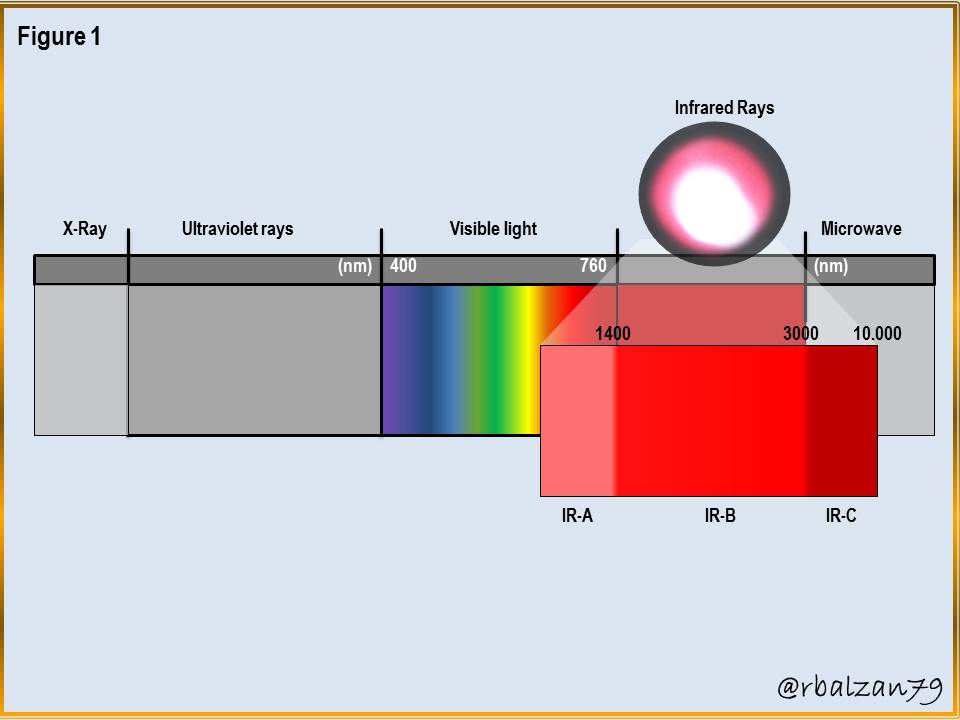

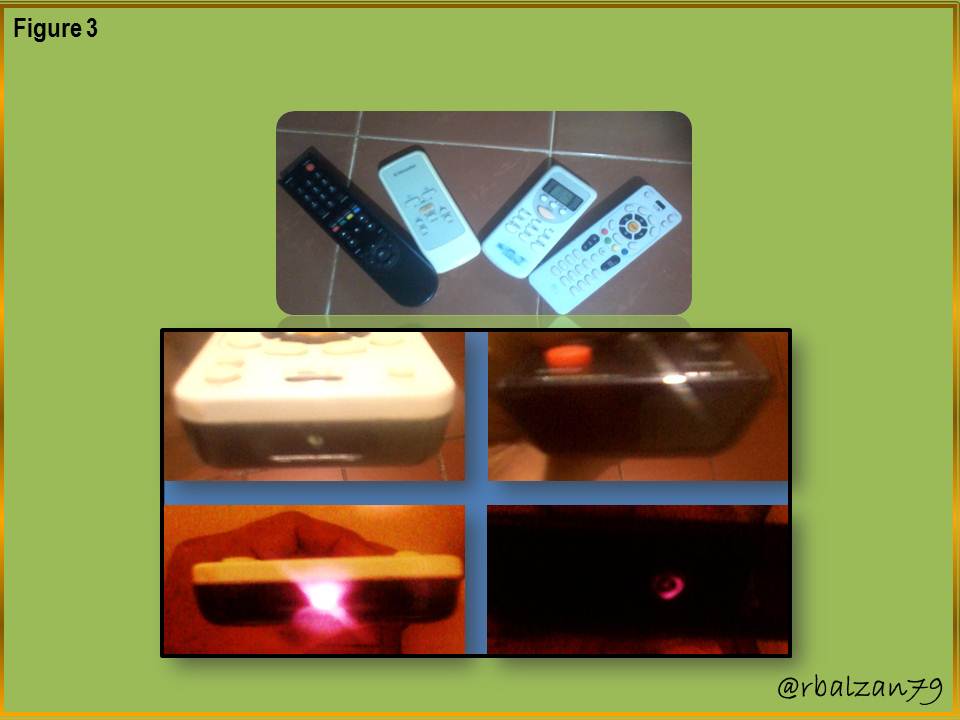
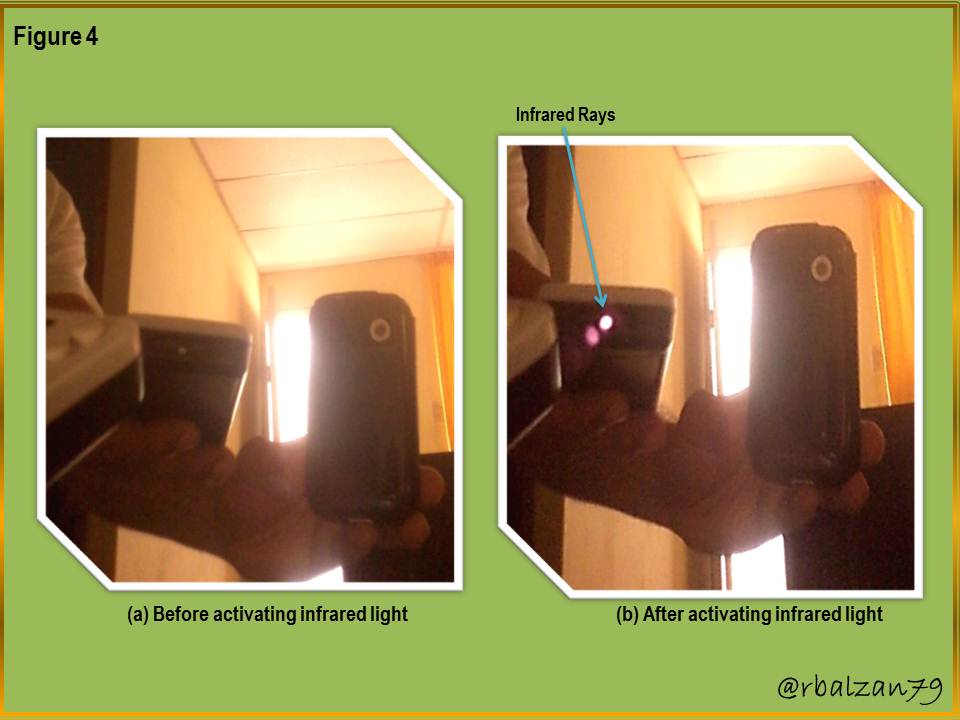
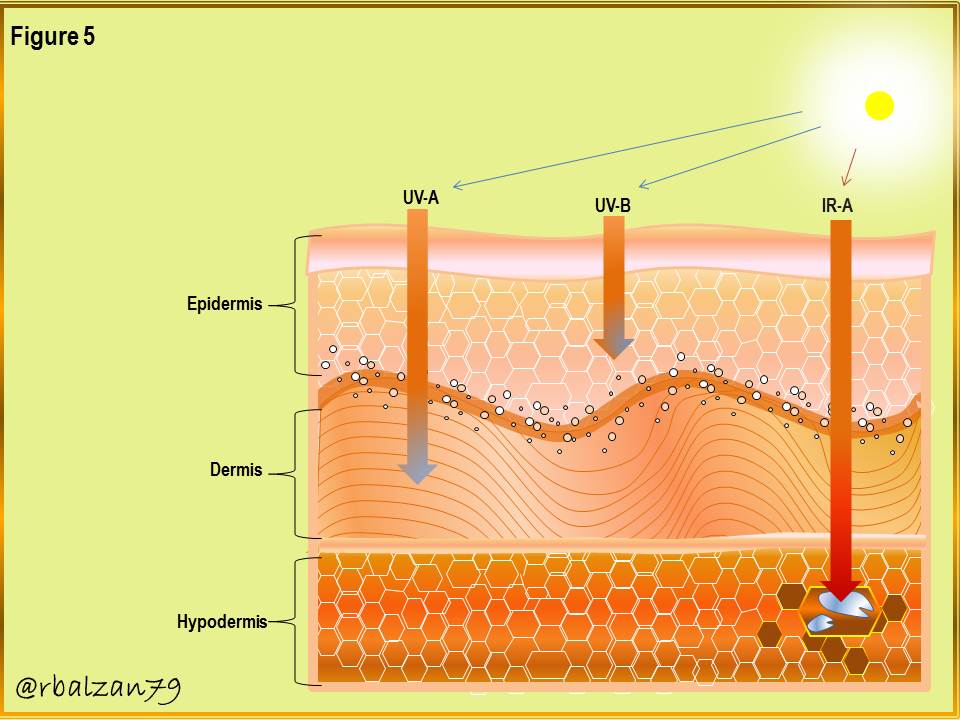
Thanks for your contribution to the STEMsocial community. Feel free to join us on discord to get to know the rest of us!
Please consider supporting our funding proposal, approving our witness (@stem.witness) or delegating to the @stemsocial account (for some ROI).
Please consider using the STEMsocial app app and including @stemsocial as a beneficiary to get a stronger support.
Thank you community for such valuable support. Greetings.